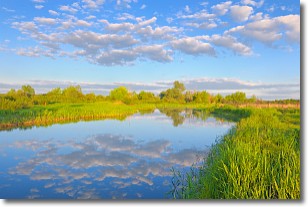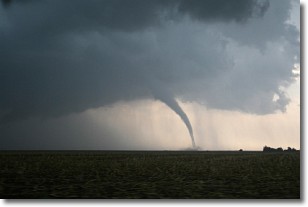Weather Alert in Ohio
Severe Thunderstorm Warning issued April 29 at 4:46PM EDT until April 29 at 5:30PM EDT by NWS Pittsburgh PA
AREAS AFFECTED: Columbiana, OH; Allegheny, PA; Armstrong, PA; Beaver, PA; Butler, PA; Indiana, PA; Lawrence, PA; Washington, PA; Westmoreland, PA; Brooke, WV; Hancock, WV; Ohio, WV
DESCRIPTION: SVRPBZ The National Weather Service in Pittsburgh has issued a * Severe Thunderstorm Warning for... Eastern Columbiana County in east central Ohio... Beaver County in western Pennsylvania... Northern Washington County in southwestern Pennsylvania... Southeastern Lawrence County in western Pennsylvania... Butler County in west central Pennsylvania... Southwestern Indiana County in west central Pennsylvania... Allegheny County in southwestern Pennsylvania... Northwestern Westmoreland County in southwestern Pennsylvania... Armstrong County in west central Pennsylvania... Ohio County in northern West Virginia... Brooke County in northern West Virginia... Hancock County in northern West Virginia... * Until 530 PM EDT. * At 445 PM EDT, severe thunderstorms were located along a line extending from Lisbon to near Shippingport to near Avella to West Liberty, moving east at 75 mph. THESE ARE DESTRUCTIVE STORMS FOR southern Beaver, northern Washington, and Allegheny Counties. HAZARD...80 mph wind gusts. SOURCE...Radar indicated. IMPACT...Extensive tree damage and widespread power outages. Mobile homes will be heavily damaged. Expect considerable damage to roofs, windows and vehicles. * Locations impacted include... Pittsburgh, Penn Hills, Mount Lebanon, Bethel Park, Ross Township, McCandless Township, Monroeville, Cranberry, Moon Township, McMurray, Greensburg, Weirton, McKeesport, Butler, Washington, Franklin Park, Jeannette, Aliquippa, Canonsburg, and Beaver Falls. This includes the following highways... Interstate 70 in Pennsylvania between mile markers 15 and 22. Pennsylvania Turnpike between mile markers 9 and 75. Interstate 79 in Pennsylvania between mile markers 34 and 105. Interstate 80 in Pennsylvania near mile marker 44. Parkway North between mile markers 1 and 13. Interstate 376 in Pennsylvania between mile markers 25 and 84.
INSTRUCTION: For your protection move to an interior room on the lowest floor of a building. Please report severe weather by calling 412-262-1988, posting to the NWS Pittsburgh Facebook page, or using X @NWSPITTSBURGH.
Want more detail? Get the Complete 7 Day and Night Detailed Forecast!
Current U.S. National Radar--Current
The Current National Weather Radar is shown below with a UTC Time (subtract 5 hours from UTC to get Eastern Time).

National Weather Forecast--Current
The Current National Weather Forecast and National Weather Map are shown below.

National Weather Forecast for Tomorrow
Tomorrow National Weather Forecast and Tomorrow National Weather Map are show below.

North America Water Vapor (Moisture)
This map shows recent moisture content over North America. Bright and colored areas show high moisture (ie, clouds); brown indicates very little moisture present; black indicates no moisture.

Weather Topic: What are Stratocumulus Clouds?
Home - Education - Cloud Types - Stratocumulus Clouds
 Next Topic: Stratus Clouds
Next Topic: Stratus Clouds
Stratocumulus clouds are similar to altocumulus clouds in their
fluffy appearance, but have a slightly darker shade due to their additional mass.
A good way to distinguish the two cloud types is to hold your hand out and measure
the size of an individual cloud; if it is the size of your thumb it is generally
an altocumulus cloud, if it is the size of your hand it is generally a
stratocumulus cloud.
It is uncommon for stratocumulus clouds to produce precipitation, but if they do
it is usually a light rain or snow.
Next Topic: Stratus Clouds
Weather Topic: What are Wall Clouds?
Home - Education - Cloud Types - Wall Clouds
 Next Topic: Altocumulus Clouds
Next Topic: Altocumulus Clouds
A wall cloud forms underneath the base of a cumulonimbus cloud,
and can be a hotbed for deadly tornadoes.
Wall clouds are formed by air flowing into the cumulonimbus clouds, which can
result in the wall cloud descending from the base of the cumulonimbus cloud, or
rising fractus clouds which join to the base of the storm cloud as the wall cloud
takes shape.
Wall clouds can be very large, and in the Northern Hemisphere they generally
form at the southern edge of cumulonimbus clouds.
Next Topic: Altocumulus Clouds
Current conditions powered by WeatherAPI.com




